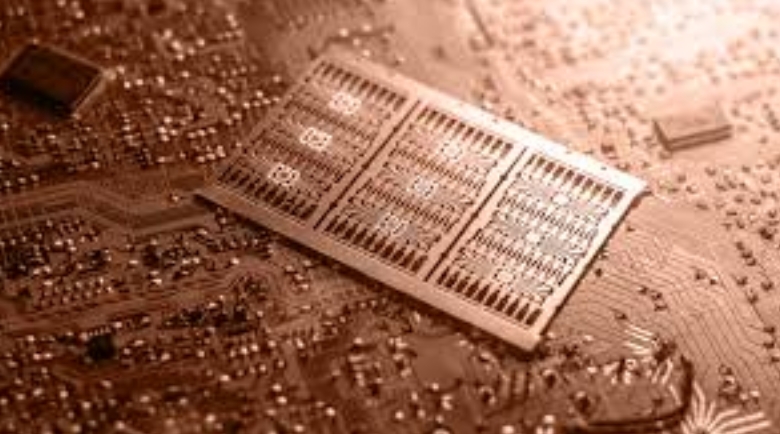In the electrifying world of electronics, copper-printed circuit boards (PCBs) stand as a testament to innovation and efficiency. Vital to myriad technological advances, these boards underpin everything from consumer gadgets to sophisticated aerospace systems. But what exactly makes copper PCBs so special, and why are they preferred for high-power applications and environments plagued by high frequencies? Let's peel back the layers of woven glass and copper-clad laminate to explore the essence of these electronic platforms.

Copper, known for its stellar electrical conductivity, is a cornerstone of PCBs, allowing for fast and efficient transmission of signals across the board material. This maximizes performance, particularly crucial for modern devices that operate at breakneck speeds.
Copper-clad boards have an inherent ability to manage substantial electrical loads, making them indispensable in high-power settings like power supply stations and industrial machinery.
At the heart of copper PCBs lies the copper-clad laminate, a robust copper substrate sandwiched between layers of non-conductive material. Typically, this laminate is impregnated with epoxy resin, ensuring both structural integrity and reliable insulation.
Devising boards that can cope with high frequencies is no small feat. Here, the composition of the woven glass and epoxy resin plays a critical role in the overall performance and reliability of the board in demanding environments.
Effective PCB design is a meticulous art that takes a broad spectrum of factors into account, from electrical requirements to physical constraints. It's a balancing act that combines technical know-how with innovative thinking.
Multi-tiered boards, including double-sided variants, multiply the complexity with additional insulating layers. They maximize space and functionality but require expert-level design precision to ensure operational integrity.
Changes in temperature can lead to thermal expansion—an arch-nemesis of precision electronics. Proper management is vital to avoid stress and potential damage to the board's delicate components.
The thermal conductivity of copper is a godsend for heat dissipation, playing a protective role for the metal core, which acts as a heat sink, drawing away excess heat and contributing to stability and longevity.
The role of copper foil in these boards cannot be overstated. Acting as the conductive backbone, it weaves throughout the conductive layers, forming pathways for electrical signals.
From transforming voltages to regulating current, copper PCBs are pivotal in the smooth operation of power supply systems, adeptly handling the load without a hitch.
Deployed in high-stakes, high-power scenarios, copper PCBs deliver reliability when it's needed most, ensuring that both intricate electronics and industrial giants function at their peak.
When fashioning a copper PCB, certain basic recommendations—like accounting for thermal tolerance and signal integrity—can mark the difference between a robust design and one prone to failure.
Adapting your design to confront the rigors of high-power applications not only entails thoughtful material choices but also entails strategic layering and spacing of components.
Thermal expansion can induce warping or cracking, but savvy designers mitigate these risks through material selection and the inclusion of features like thermal reliefs.
Applying epoxy resin strategically imbues the board with greater resilience, reducing the risk of thermal-induced damage and enhancing the board's structural integrity.
The onward march of technology promises even greater integration of copper in PCBs, with innovations focusing on improving efficiency, reducing costs, and enhancing performance in ever-more demanding applications.
The march of copper through the domain of PCBs is unrelenting, driven by its intrinsic qualities and adaptability. As devices evolve and power requirements skyrocket, the reliance on copper PCBs is set to grow, marking these components as unsung heroes of the electronic age.
Copper's excellent conductivity and heat management make it ideal for transferring electrical signals and managing heat in electronic devices.
It's a material used in producing PCBs where a copper substrate is bonded to a non-conductive layer, usually woven glass impregnated with epoxy resin.
Differences in thermal expansion can cause the board and components to deform, potentially leading to circuit failure.
ncluding ample thermal relief, spacing components strategically, and choosing materials that can withstand the heat generated by high power are vital considerations.
Trends include the use of finer copper foils for more delicate designs, improved thermal management technologies, and the development of copper materials suitable for increasingly high frequencies.